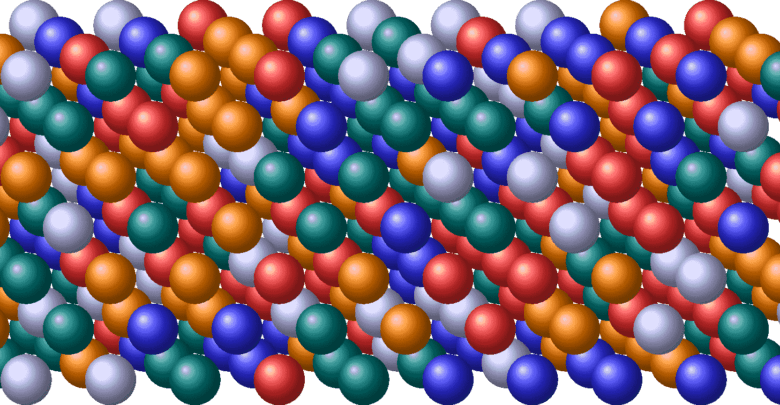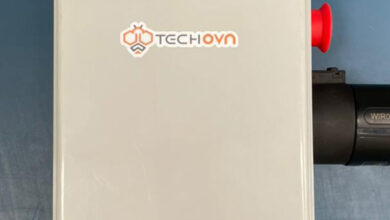Technology
What is High-entropy Alloy and How does it Work?
What is High-entropy Alloy and How does it Work?

The high-entropy alloy (HEA) has become quite the new rage in the world of materials science and technology. There are now over 300 different types of HEAs in use all around the world, and their use shows no signs of slowing down anytime soon. Here, we will examine what high-entropy alloys are, how they are made, and why they are so popular with researchers and engineers alike. If you have any questions regarding this article or HEAs in general, please feel free to leave your question in the comments section below, and we will be sure to address it as soon as possible!
Brief History of Metal Alloys
The first metal alloys were created thousands of years ago, when humans first began to smelt and mix metals. These early alloys were mostly simple combinations of two or three metals, such as copper and tin to make bronze. Over time, metallurgists have developed increasingly complex alloys with a wide range of properties. Today, there are thousands of different metal alloys in use, each with its own unique set of characteristics.
Key Metals in HEAs
High-entropy alloys (HEAs) are a class of material that have been receiving a lot of attention in recent years due to their unique combination of properties. They are typically made by combining equal or near-equal parts of five or more metals which results in a microstructure that is extremely heterogeneous. This microstructure gives HEAs their characteristic high strength and toughness, as well as good corrosion resistance and thermal stability.
Advantages of HEAs
High-entropy (HEA) Alloy are a new class of materials that offer several advantages over traditional alloys. They have a higher entropy, which gives them better corrosion resistance and higher strength. HEAs also have a lower melting point, making them easier to work with. Additionally, HEAs are more ductile than traditional alloys, meaning they can be easily formed into various shapes. Finally, HEAs are less expensive to produce than traditional alloys.
Properties of HEAs
High-entropy alloys (HEAs) are a class of materials that have attracted considerable attention in recent years because of their unique combination of properties. HEAs are usually composed of five or more elements in approximately equal atomic percentages. This results in a microstructure with a high degree of disorder, which gives rise to their interesting mechanical properties. For example, HEAs typically have high strength and good ductility, making them attractive for many engineering applications.
Applications of HEAs
High-entropy alloys (HEAs) are a new class of materials that have the potential to revolutionize many industries. They are characterize by a high degree of disorderliness in their microstructure. Which gives them unique properties. HEAs can be use in a variety of applications, including in gas turbines. And other engines, power generators, heat exchangers, air conditioning units, desalination plants and nuclear reactors. The toughness of an HEA alloy may allow for greater flexibility than other traditional metals; this characteristic makes these alloys especially useful for parts subject to large stresses or high temperatures such as blades for wind turbines or any parts requiring long life at high loads such as impellers for desalination plants.
There are many interesting and amazing details about animals Birds that you may not have known. For example, Flowers That Look Like Birds Whether you’re interested in animals as pets, food sources, or natural history, you’ll find the information you need on About Animals.





